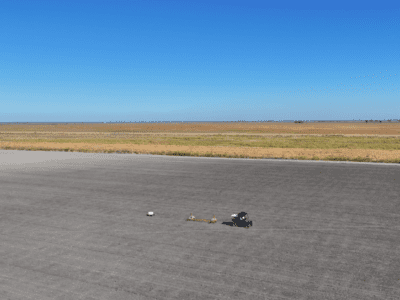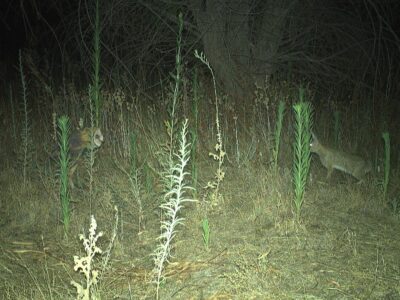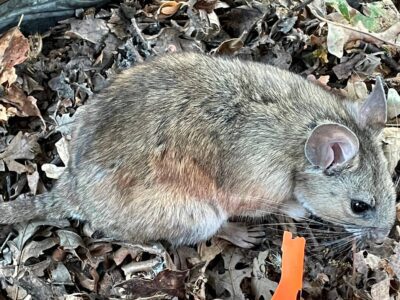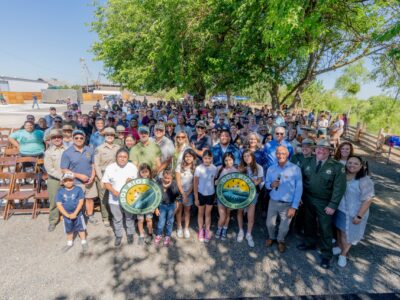Imagine you’re a young salmon, a couple inches long, and you must navigate 250 river miles from Redding to the Delta, and eventually out to sea. To you, the Sacramento River – due to alterations such as dams, diversions, urbanization, and numerous pumps pulling water from the river – can be a dangerous place. There’s not much food. There aren’t many places to hide. The water is too warm. There’s not enough oxygen. There are lots of bigger fish trying to eat you.
It’s no wonder that a recent report from Cal Trout estimates that 45% of salmon runs will be extinct in the next 50 years. Life is hard for juvenile salmon. But luckily, River Partners and key collaborators such as the National Oceanic and Atmosphere Administration (NOAA) and UC Davis Center for Watershed Sciences are working to make it a little bit easier.
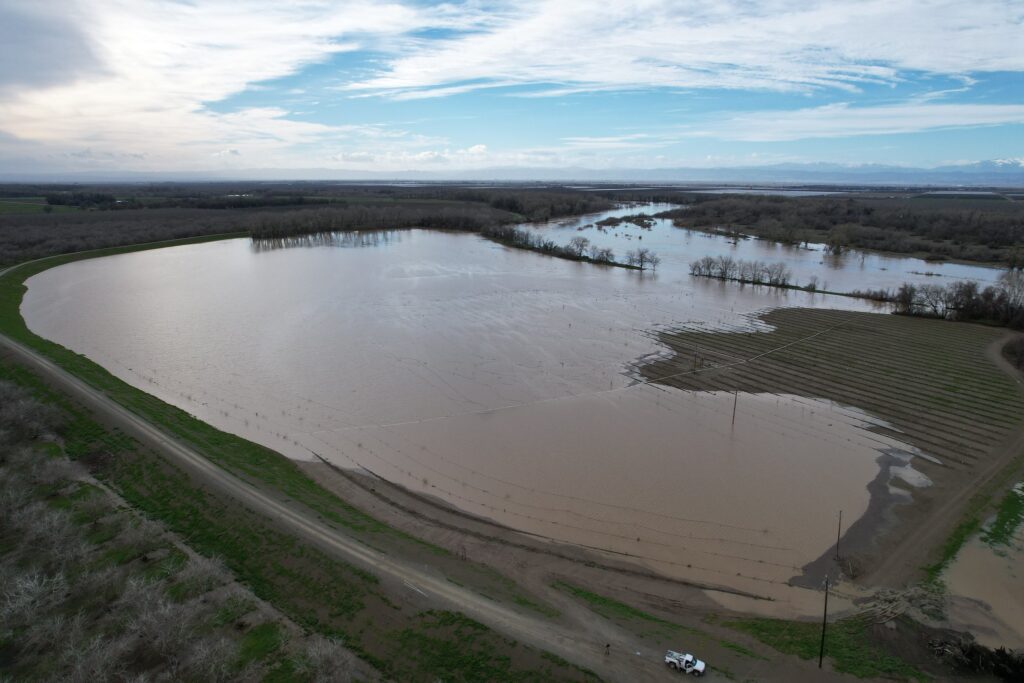
River Partners has been waiting to test our pilot project at Willow Bend Preserve, a property purchased in 2009 near the farming town of Colusa, about an hour north of Sacramento. We led over a decade of planning and permitting to reconnect nearly 100 acres of critical floodplain habitat, fix a large property that had been functioning as a fish trap, and install a first-of-its-kind gate to allow fish safe access on and off the property. We built a coalition of funding partners, and in Fall 2022, we finally went to construction and launched the historic project.
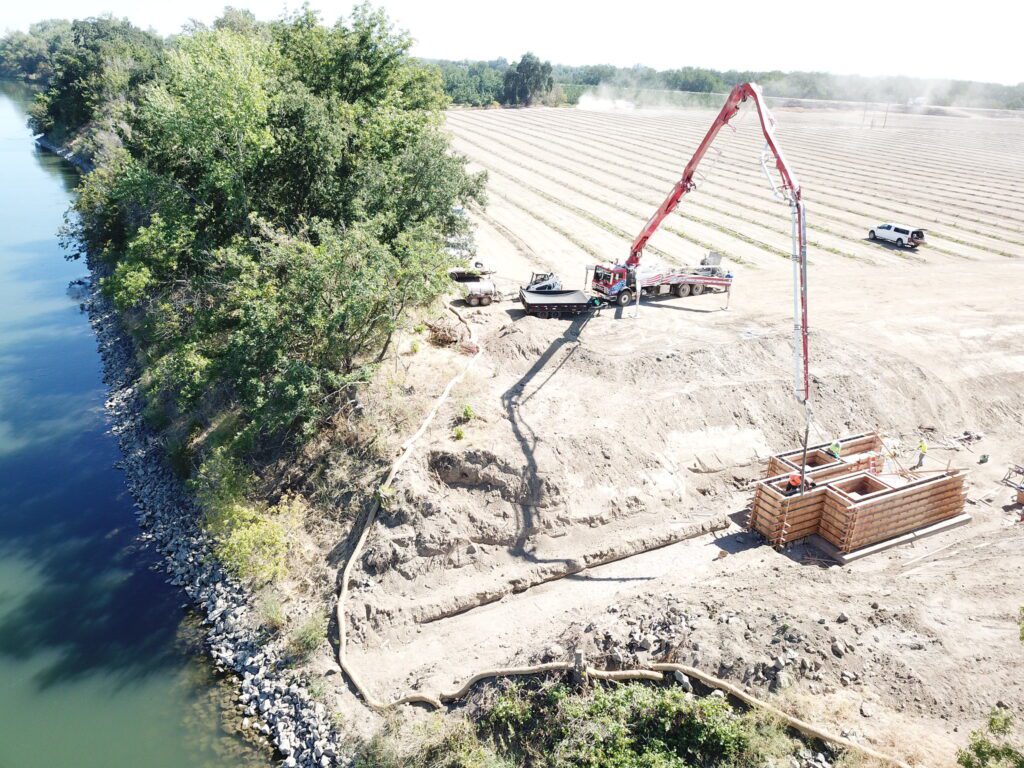
For those juvenile salmon trying to make their way to sea, accessing off-channel habitats such as flooded fields at Willow Bend is critical to growing strong. It’s long been known that fish grow much faster on floodplains than they do in the main river channel, and we need ways to give them safe and frequent access.
“It’s shocking to see the low density of food available in the river,” says Carson Jeffres, Senior Researcher at the UC Davis Center for Watershed Sciences. Floodplains, however, provide a rich food source for fish when they are flooded.
“Floodplain restoration projects like Willow Bend provide a critical habitat for juvenile salmon during their outmigration,” says Jeffres. “Willow Bend is part of a larger system where habitats can be connected along the river migration corridor, like rest stops along a freeway.”
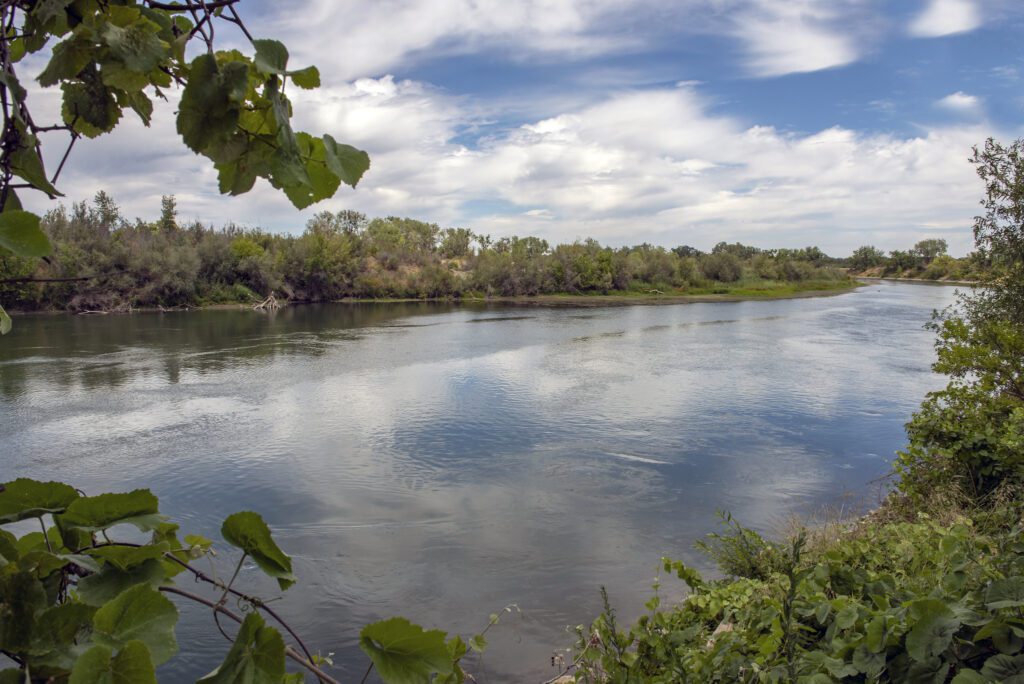
River Partners teamed with engineers to build a structure allowing young fish to get onto the floodplain, and then safely back to the river through a gate installed near the riverbank. We received the final permit last fall, and with the team on standby, were able to race against the clock to get it installed before the rains began. Thanks to some local contractors who dropped everything to help, we got it in. Then Mother Nature answered the bell on New Year’s Day.
The restored site began flooding January 1st. Once it was safe, a team of researchers from River Partners and the UC Davis Center for Watershed Sciences were on site daily to monitor which species were utilizing the floodplain.
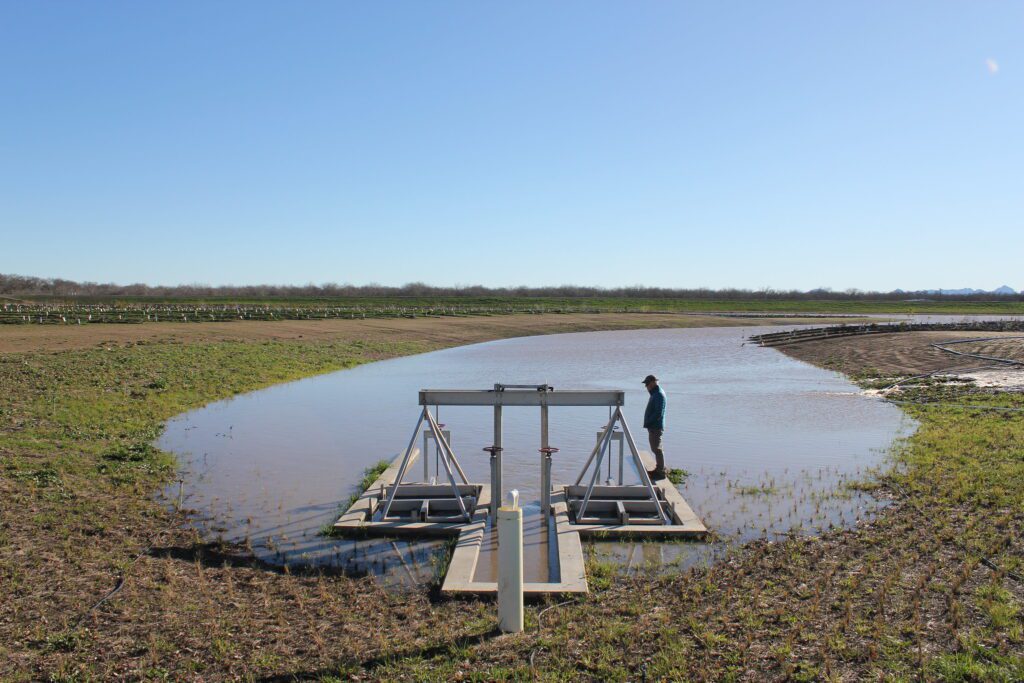
What happened was amazing. Thousands of young salmon were washed onto the site during the flood, and then they had 24 days to feast on the food rich floodplain. This incubation period is critical, as the size they are when they reach the Golden Gate determines how well they’ll do in the ocean, and how many will return to spawn. Ground-breaking research from UC Davis suggests that a massively disproportionate number of salmon returning as adults had access to floodplains when they were small.
“In the first year post-restoration we observed a distinctly native fish assemblage including threatened Chinook Salmon juveniles taking advantage of the site,” says Jeffres. “While impressive in year one, we expect these responses to improve in subsequent years as native vegetation restoration and invertebrates become established.”
Monitoring at Willow Bend showed that the most abundant species on site was Chinook Salmon, accounting for almost 30% of fish captured. At the spot where fish find their way back into the river after exiting through the fish gate, we used cameras and found that predators were not lining up to feed. In fact, we didn’t film a single predatory fish. Nor were herons and other birds an issue. With drone flights, we documented the floodplain fully draining – there were no pockets of water left behind to trap fish. And the gate withstood the floodwaters and needed little maintenance after the flood.
In short, it worked.
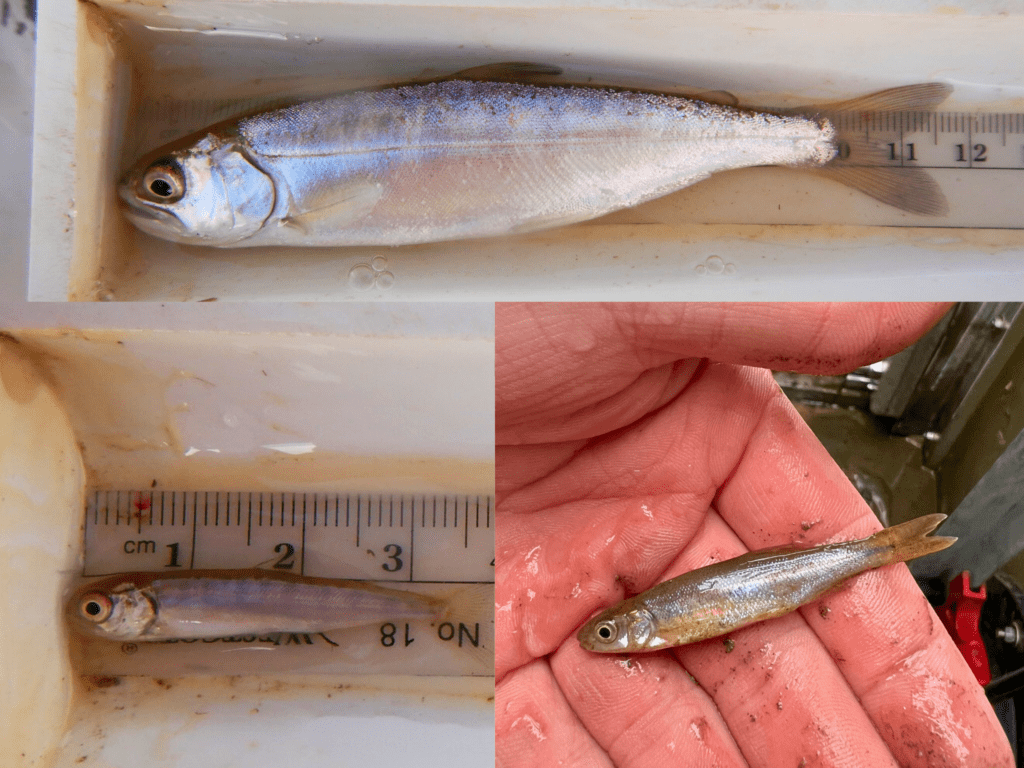
Then in March the whole place flooded again! It was great. Over the past 20 years – even through one of the driest droughts on record – Willow Bend and other low-lying properties flood, on average, more than once each winter. And every time it floods, there is a new cohort of little salmon that get to reap the benefits.
Our job now is to expand this pilot project. Already River Partners has purchased three more waterfront properties in Colusa County, all of which can be fish traps. Through similar modifications we made at Willow Bend, we can not only get the fish safely back into the river, but we can also preserve that floodplain foraging habitat. This will result in more fish living to spawn in the Sacramento River and its tributaries, which is great for the economy, great for recreation, and great for the river itself, as those fish bring huge amounts of nutrients gathered at sea which replenish the upper watershed in a cycle that has been happening a lot longer than anyone has been around to watch.

Four properties with reconnected floodplains for fish is a step in the right direction, but there are thousands of acres out there, which – due to man-made alterations – have become places that trap out-migrating salmon. We’re actively working with engineers to prioritize the sites that are already in conservation ownership, and then there will be the crunch to make these projects a reality. Scientists have been ringing the alarm bells for years about the troubling downward trend of our native fish populations, and the conservation community must work quickly before it’s too late.
River Partners, NOAA, UC Davis and dozens of other committed partners are leading the way across California, using our historic efforts at Willow Bend as a guide.

